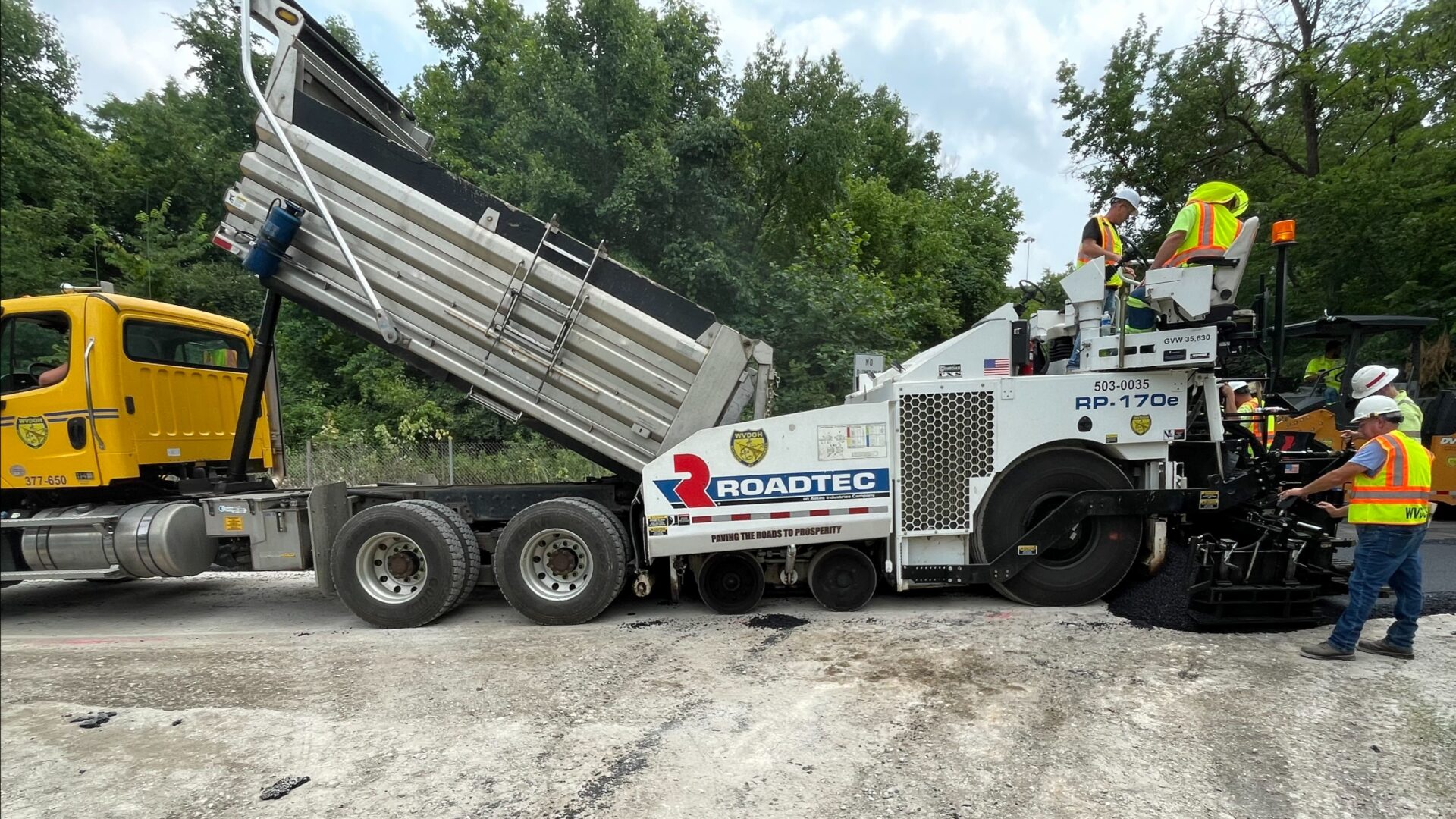The beginning of spring marks, among other things, the arrival of pothole season. But this year, West Virginia’s Division of Highways (WVDOH) said it’s gotten ahead of the game.
How smooth is traffic running along I-64 in Putnam County? In his weekly media briefing, Gov. Jim Justice said the interstate falls under the Operation R. I. P. Potholes program that began on January 30, 2024.
“We’ve fixed 52,601 potholes,” Justice said. “I mean, it’s hard to imagine.”
Pothole patching usually begins in early April, but the WVDOH said it worked with three asphalt plant owners around the state to open early this season. That allowed road crews to make permanent pothole repairs with hot asphalt rather than the temporary winter cold patching.
So, how much roadway has the DOH pothole patrol covered?
“It’s 4,929 miles of road,” Justice said.
What do drivers on state thoroughfares think of this pothole patching progress and road conditions? Chris LeFevre of Milton was pleased.
“I’ve seen several that were fixed that caused some serious problems on the highway here,” Lefevre said. “I think so far they seem to be doing an okay job.”
Paul Bower, driving through from Pennsylvania, said he saw some pothole progress.
“Actually, they’re not too bad,” Bower said. “Everything that we hit was pretty small. And they’re fixing a lot of places on the way down, so it’s not too bad.”
However, West Virginian Clovis Cobb, who hails from Midway Hollow near Red House, said state highway potholes were not “Resting In Peace” quite yet.
“It’s very poor,” Webb said. “It’s not like it used to be. We’ve got holes everywhere. I hit one and lost stuff from underneath the truck and had to fix it.”
Justice followed Mr. Webb’s lead.
“Really, truly, I know there’s still a bunch more,” he said.
As asphalt plants begin to open statewide, the WVDOH says it will ramp up Operation R.I.P. Potholes.
For a listing of the latest state wide road repair schedule, click here
